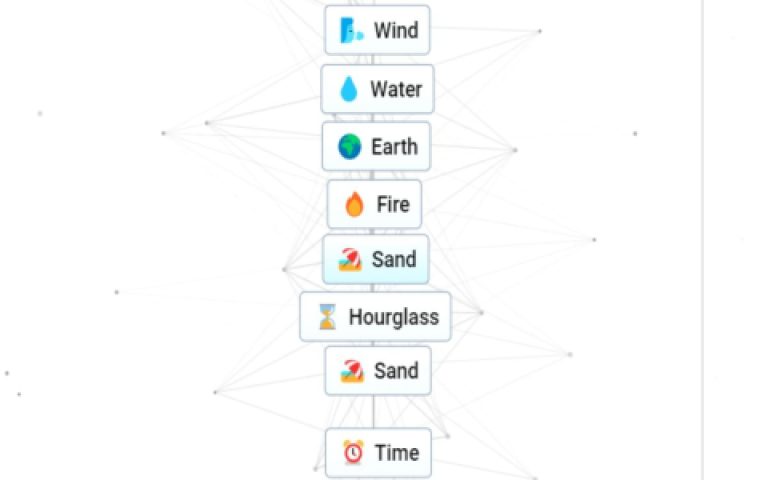A Yaktel squib typically refers to a specialized pyrotechnic initiator or electro-pyrotechnic device designed or integrated within systems or products associated with the name "Yaktel." While "Yaktel" might denote a specific manufacturer, technology series, or system, the "squib" component itself serves a critical function in initiating a rapid, controlled event through a small explosive charge.
Core Function and Design
In general, a squib is a miniature device that, upon receiving an electrical signal (or sometimes a mechanical or optical stimulus), undergoes a rapid chemical reaction. This reaction produces a burst of heat, light, gas pressure, or mechanical shock. The primary purpose of a squib is to reliably trigger a subsequent, larger action or process. For a Yaktel squib, this implies it is engineered to meet specific performance, interface, and safety requirements pertinent to Yaktel applications.
Key design considerations for such a device would include:

- Initiation Sensitivity: The specific electrical current, voltage, or energy pulse required for reliable activation.
- Output Characteristics: The nature and magnitude of the output (e.g., flame, pressure wave, mechanical impulse) tailored to the task it performs within the Yaktel system.
- Environmental Robustness: Ability to function reliably under specified temperature ranges, vibrations, and other environmental conditions relevant to Yaktel product operational profiles.
- Safety and Reliability: Incorporating features to prevent inadvertent ignition and ensure consistent performance over its intended lifecycle.
Potential Applications
The applications of a Yaktel squib would depend on the nature of the Yaktel systems or products. Common uses for squibs in various industries include:
- Actuation Mechanisms: Triggering releases, cutters, or an emergency unlatching mechanism.
- Safety Systems: Deployment of airbags in automotive contexts (though "Yaktel" might be a different field), activation of fire suppression systems, or emergency power disconnects.
- Propulsion and Gas Generation: Ignition of propellants in small thrusters, gas generators for inflation, or emergency pressurization.
- Ordnance and Pyrotechnics: Initiating larger explosive trains or specialized pyrotechnic effects, if Yaktel operates in such domains.
A Yaktel squib would be characterized by its precise integration and qualification for use within the specific Yaktel ecosystem, ensuring compatibility and adherence to performance standards set forth by that entity.










